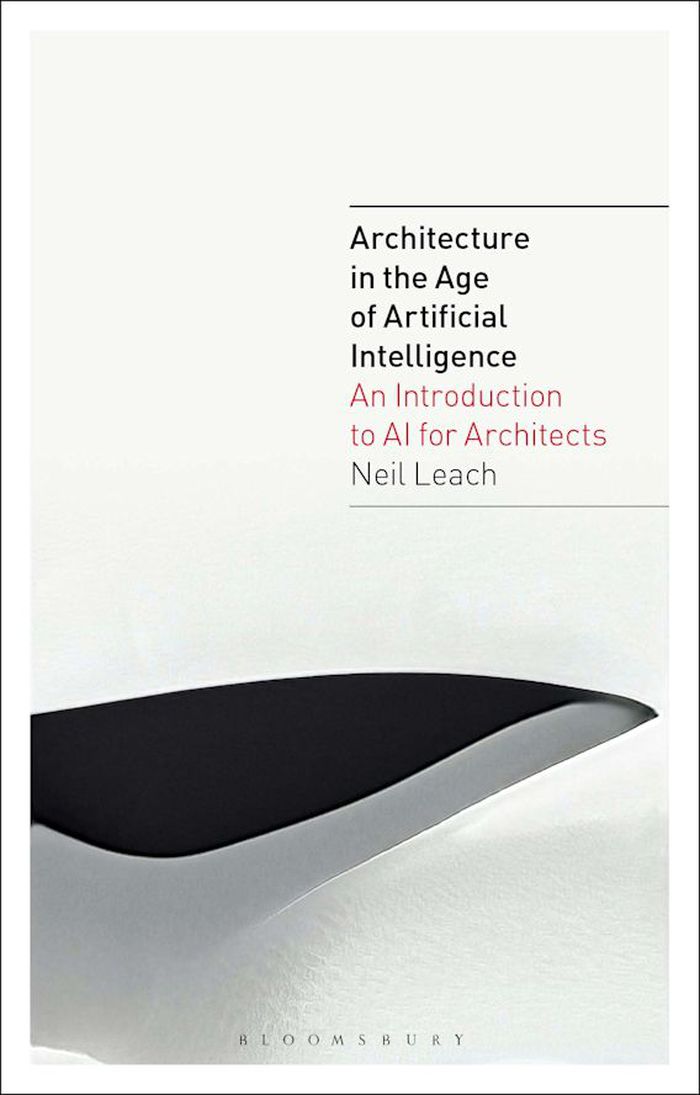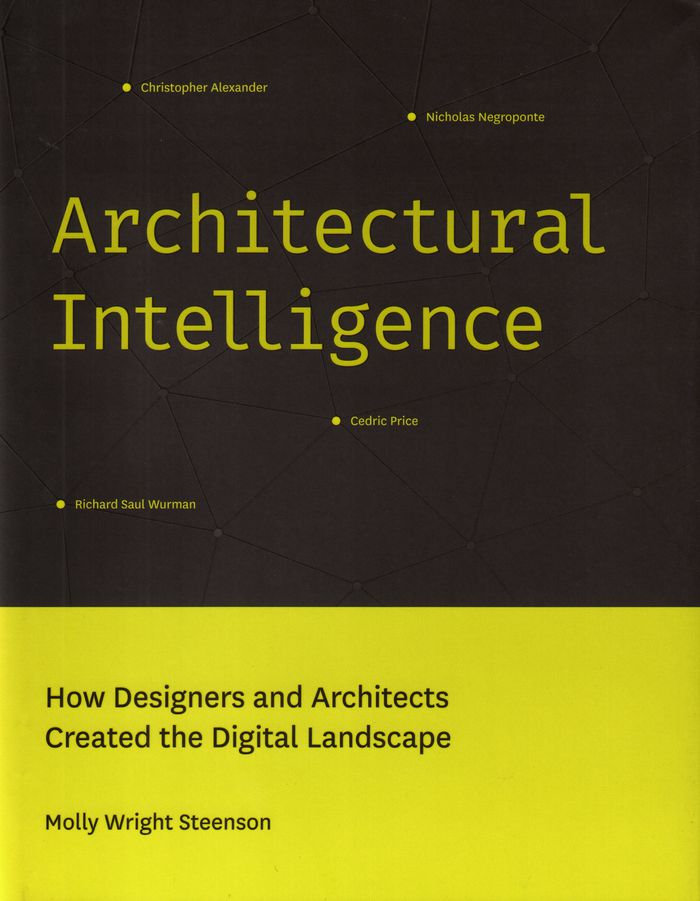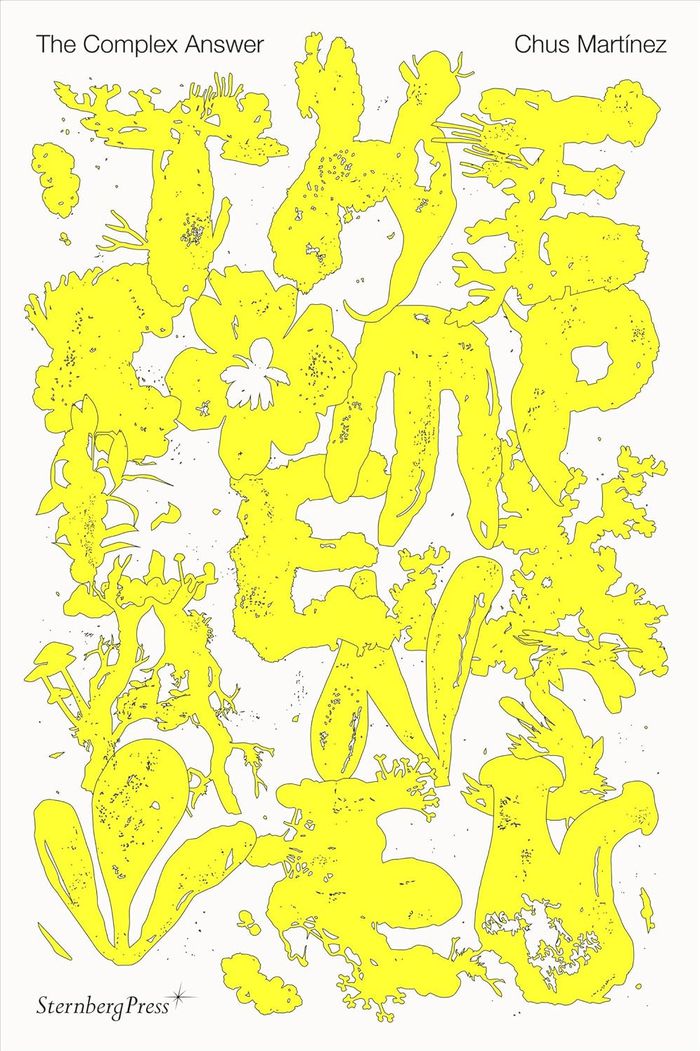livres
Description:
1 volume : illustrations (black and white) ; 24 cm
[S.l.] : ROUTLEDGE, 2022.
CONTESTED TERRITORY OF ARCHITECTURAL THEORY.
Actions:
Exemplaires:
Description:
1 volume : illustrations (black and white) ; 24 cm
livres
[S.l.] : ROUTLEDGE, 2022.
livres
Description:
287 pages : Illustrations 18 cm.
[Basel] : Christoph Merian Verlag, [2018]
Machines and robots / Dominik Landwehr (Hg./ed.) ; Migros-Kulturprozent.
Actions:
Exemplaires:
Description:
287 pages : Illustrations 18 cm.
livres
[Basel] : Christoph Merian Verlag, [2018]
livres
Description:
199 pages : illustrations (black and white) ; 21 cm
Cambridge, Massachusetts : The MIT Press, [2023], ©2023
Beyond digital : design and automation at the end of modernity / Mario Carpo.
Actions:
Exemplaires:
Description:
199 pages : illustrations (black and white) ; 21 cm
livres
Cambridge, Massachusetts : The MIT Press, [2023], ©2023
livres
Description:
280 pages : illustrations (some color), maps, plans ; 26 cm
Chichester, U.K. : Wiley, 2010.
The architecture of emergence : the evolution of form in nature and civilisation / Michael Weinstock.
Actions:
Exemplaires:
Description:
280 pages : illustrations (some color), maps, plans ; 26 cm
livres
Chichester, U.K. : Wiley, 2010.
livres
Description:
93 pages : illustrations (some color) ; 19 cm
Basel ; Boston : Birkhäuser, ©2001.
Advanced technologies : building in the computer age / Valerio Travi.
Actions:
Exemplaires:
Description:
93 pages : illustrations (some color) ; 19 cm
livres
Basel ; Boston : Birkhäuser, ©2001.
$39.50
(disponible en magasin)
Résumé:
The first volume in a two-book series, this book introduces AI for designers and considers its positive potential for the future of architecture and design. Explaining what AI is and how it works, the book examines how different manifestations of AI will impact the discipline and profession of architecture. Highlighting current case-studies as well as near-future(...)
Architecture in the age of artificial intelligence: an introduction to AI for architects
Actions:
Prix:
$39.50
(disponible en magasin)
Résumé:
The first volume in a two-book series, this book introduces AI for designers and considers its positive potential for the future of architecture and design. Explaining what AI is and how it works, the book examines how different manifestations of AI will impact the discipline and profession of architecture. Highlighting current case-studies as well as near-future applications, it shows how AI is already being used as a powerful design tool, and how AI-driven information systems will soon transform the design of buildings and cities.
Architecture numérique
$46.95
(disponible sur commande)
Résumé:
In Architectural Intelligence, Molly Wright Steenson explores the work of four architects in the 1960s and 1970s who incorporated elements of interactivity into their work. Christopher Alexander, Richard Saul Wurman, Cedric Price, and Nicholas Negroponte and the MIT Architecture Machine Group all incorporated technologies—including cybernetics and artificial(...)
décembre 2017
Architectural intelligence: how designers and architects created the digital landscape
Actions:
Prix:
$46.95
(disponible sur commande)
Résumé:
In Architectural Intelligence, Molly Wright Steenson explores the work of four architects in the 1960s and 1970s who incorporated elements of interactivity into their work. Christopher Alexander, Richard Saul Wurman, Cedric Price, and Nicholas Negroponte and the MIT Architecture Machine Group all incorporated technologies—including cybernetics and artificial intelligence—into their work and influenced digital design practices from the late 1980s to the present day.
livres
Description:
248 pages : illustrations ; 22 cm
London : Reaktion Books, ©2008.
Digital culture / Charlie Gere.
Actions:
Exemplaires:
Description:
248 pages : illustrations ; 22 cm
livres
London : Reaktion Books, ©2008.
livres
Description:
93 pages : illustrations ; 19 cm.
Basel : Birkhäuser, 2000.
New wombs : electronic bodies and architectural disorders / Maria Luisa Palumbo ; [translation into English : Lucinda Byatt].
Actions:
Exemplaires:
Description:
93 pages : illustrations ; 19 cm.
livres
Basel : Birkhäuser, 2000.
$34.95
(disponible en magasin)
Résumé:
"The complex answer: On art as a non-binary intelligence" presents a series of entangled essays on the question on how art—and contemporary art practices in particular—embodies an intelligence capable of serving the erasure of the culture/nature distinction. The book is conceived in four parts and each not only introduces a slightly different writing on the subject(...)
The complex answer: On art as a non-binary intelligence
Actions:
Prix:
$34.95
(disponible en magasin)
Résumé:
"The complex answer: On art as a non-binary intelligence" presents a series of entangled essays on the question on how art—and contemporary art practices in particular—embodies an intelligence capable of serving the erasure of the culture/nature distinction. The book is conceived in four parts and each not only introduces a slightly different writing on the subject matter, but also refers to concrete questions that affect the practice of art, the exercise of exhibiting, the duty of reflecting, and the institutional forms that define our present but may radically change in a near future. The book imagines art and contemporary art as an organ. An organ that produces an experience of inexpressible realities that are fundamental to understanding life and its processes. Stem cells exist, first, without a purpose and it is for the whole organism to decide if they will become part of an auditive nerve or the brain or the cornea of an eye. This adding to an organ is how Chus Martínez understands the intelligence of art. Poets and artists have claimed to understand the language of birds and flowers. We speak now of multi-species communication without a trace of metaphoric language. The experience of nature has evolved inside artistic practice. One could claim that the very fact that we talk about artificial intelligence is a merit of the arts. To transfer traits of organic life to inorganic entities such as information systems is a bold move that took centuries to prepare. Art has been essential in getting our senses and our arguments ready to accept this reality. The same with animal language, the synchronized reactions of a rainforest, and the transformative way fish have been discovered as able to recognize their own image in a mirror. These are just jests on the part of the sciences, developments of technical knowledges.
Théorie de l’art


